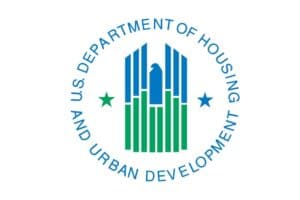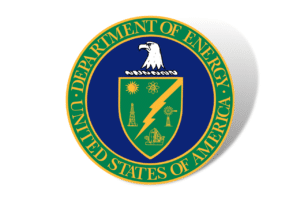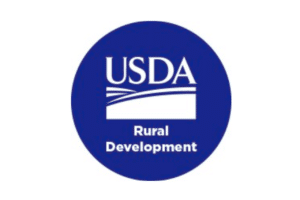The Faircloth-to-Rental Assistance Demonstration (RAD) pathway represents an innovative solution for Public Housing Authorities (PHAs) to use existing federal authority to create up to 220,000 new units of deeply affordable housing. HUD streamlined and merged the mixed-finance development and RAD conversion processes to eliminate duplicative steps and to maximize predictability. HUD also issued guidance to help PHAs and their partners can use to understand the process and make the appropriate submissions to HUD. HUD will host a webinar on RAD to Faircloth conversions on April 26 at 3 p.m. ET. Register here.
The Faircloth Amendment was a provision of the Quality Housing and Work Responsibility Act of 1998. It amended the Housing Act of 1937 such that “a public housing agency may not use any of the amounts allocated for the agency from the Capital Fund or Operating Fund for the purpose of constructing any public housing unit, if such construction would result in a net increase from the number of public housing units owned, assisted or operated by the public housing agency on October 1, 1999, including any public housing units demolished as part of any revitalization effort.” Prior to its adoption, a PHA could theoretically construct and HUD would then have to fund an unlimited number of new public housing units. The amendment prevents housing authorities from ever maintaining more public housing units than they had in 1999. HUD’s new Faircloth-to-RAD option creates a path whereby PHAs can create new RAD units, up to the PHA’s Faircloth limit.



